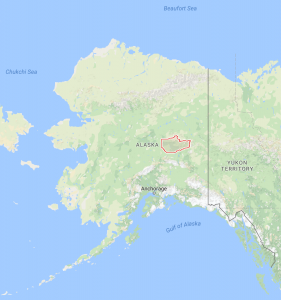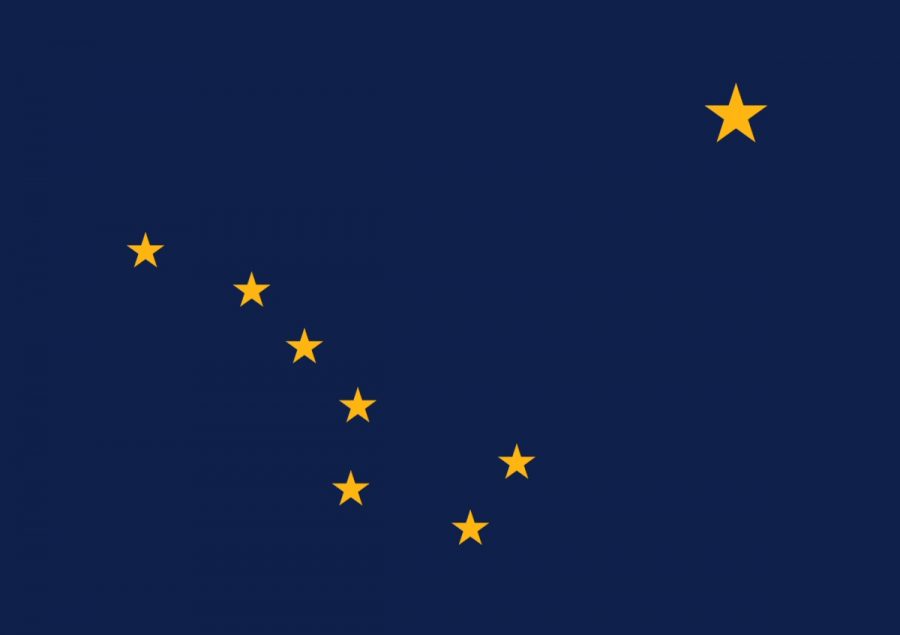By Claire Franco
The Fairbanks North Star Borough is establishing a new Sustainability Commission to meet the needs of its current and future citizens. Research analyzing similar bodies in other communities has demonstrated that such programs can reduce municipal operating expenses, stimulate business, improve human welfare, enhance food security, and promote ecological responsibility.

The ordinance establishes a body of seven members appointed by the mayor who will meet at least quarterly to discuss and update policies and projects under their responsibility. The authoring Assembly cites precedents from “communities around the world” which have already begun similar sustainability initiatives and achieved excellent results.
The territory included in this administrative unit is slightly smaller than the state of New Jersey and hosts a population of approximately 98,000 Alaskans. The committee will work to reduce individual and collective ecological impacts while improving the economic, security, and sustainability targets of the borough.
The Sustainability Commission will also inherit and fulfill the duties of the Agricultural Commission. New emphasis on policies relevant to local agriculture will target the issue of food security. Exploring avenues of local, renewable energy will help to reduce supply volatility and emissions contributing to climate change, while diversifying the regional economy. In practice, the committee will be tasked with setting sustainability goals and making long range recommendations, policies, and budgets to realize them. Members will award public purpose grants that promote these goals and design monitoring matrices which measure their effectiveness.
The reorientation of the former Recycling Commission to one with broader goals demonstrates the adaptability of the Fairbanks North Star Borough to meet the relevant demands of the local environment and the community it hosts. The integration of the former Agricultural Commission in this restructuring recognizes the critical component of responsible food provision in the long term implementation of any municipal planning. The ordinance acknowledges the larger global drive toward sustainability while focusing attention on the details of the region’s own population and stretch of practicality.
**UPDATE**
The ordinance has been approved and will be put into action.








